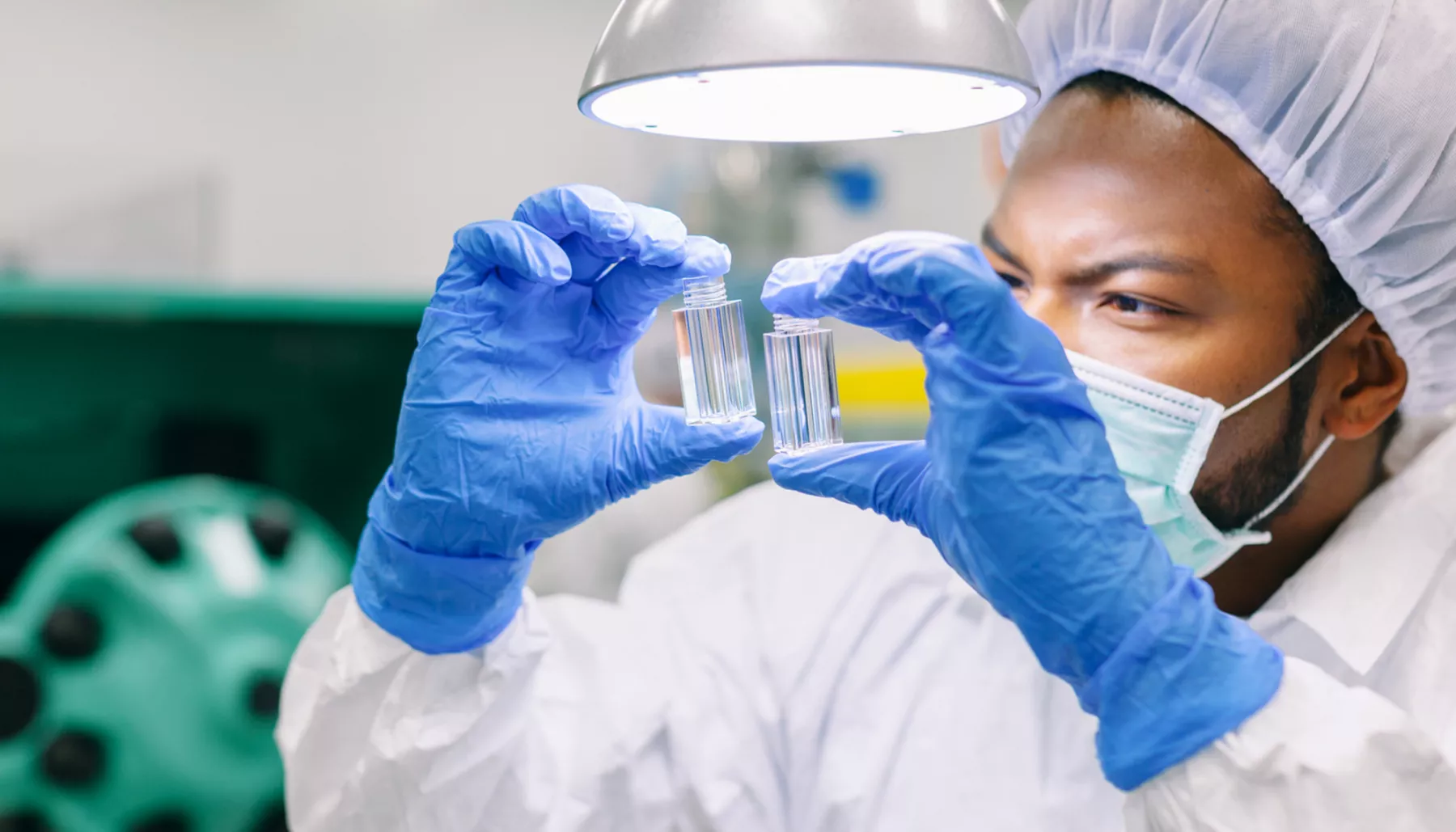Did you know that something nearly as creepy as Psycho’s Norman Bates may be lurking in your shower? There may be a spray of bacteria riding along with the steamy water from your showerhead. Researchers have found bacteria including Legionella pneumophila1 (associated with Legionnaire’s disease) and Mycobacterium avium2 (which can cause a pulmonary disease similar to tuberculosis) in showerheads.
Showerheads are particularly susceptible to bacteria. They are dark, warm, damp environments - the perfect host for bacteria to grow. When bacteria proliferate, they produce a biofilm - a slime - inside your showerhead.
Dr. Norman Pace, a molecular biology professor at the University of Colorado, whose lab made the M. avium discovery, said his group detected mycobacterium in more than 80% of the showerheads they studied from municipal water supplies, and the levels of M. avium in showerheads can be 100-fold greater than what you’d find in the water flowing into the showerhead.3
The reasons for this aren’t clear, but Dr. Pace told NPR’s Ira Flatow that M. avium produces a very tough, waxy biofilm. M. avium is also resistant to chlorine, which means that chlorinated water from municipal water supplies won’t fully eliminate it.4 The waxy biofilm comprised of chlorine-resistant bacteria may be the reason bacteria levels are higher in showerheads than in municipal water.
Another concern: the steam from your shower is an aerosol, made of fine particles that can be inhaled deeply into the lungs. Dr. Pace said aerosols “can penetrate the deep airwaves, carrying along bacteria that happened to be there for the ride - i.e., those that wash out of showerheads or just happen to come out through the municipal water.”
While Dr. Pace said it’s unlikely that healthy people would get sick from bacteria in showerheads, people with compromised immune systems, including people with HIV/AIDS or chronic lung disease, who are undergoing treatment for cancer or organ transplant, or who smoke, drink heavily or abuse drugs, may be at risk for serious illness from these bacteria.5
Still, who wants to get a wash of bacteria along with their morning shower? Here are some tips that may help reduce your risk. (Thanks to Dr. Pace’s lab for many of these suggestions.)6
- Use a low-flow showerhead, which is less likely to produce aerosol.
- Bacteria are more likely to attach to plastics, so choose a metal showerhead or a plastic one that’s been treated with silver or another antimicrobial.
- Disinfect your showerhead regularly (even though chlorine bleach won’t complete kill M. avium, it may temporarily remove many microbes).
- If you’re at risk for serious illness due to a compromised immune system, consider taking a bath or attaching a hose, instead of a showerhead, to your shower to eliminate the risk of aerosolized bacteria.
Sources
- Bollin GE, Plouffe JG, Para MF, Hackman B. Aerosols containing Legionella pneumophila generated by shower heads and hot-water faucets. Appl Environ Microbiol. 1985 Nov; 50(5): 1128–1131. http://www.ncbi.nlm.nih.gov/pmc/articles/PMC238711/pdf/aem00145-0016.pdf
- Feazel LM, Baumgartner LK, Peterson KL, Frank DN, Harris JK, Pace, NR. Opportunistic pathogens enriched in showerhead biofilms. PNAS. 2009; 16393–16399. doi: 10.1073/pnas.0908446106. http://www.pnas.org/content/106/38/16393
- “What’s Hiding In Your Showerhead?” NPR Science Friday, Sept. 18, 2009. http://www.npr.org/templates/story/story.php?storyId=112963574
- Ibid.
- Feazel, LM, Baumgartner LK, Peterson KL, Frank DN, Harris JK, Pace, NR. Opportunistic pathogens enriched in showerhead biofilms. PNAS. 2009; 16393–16399. doi: 10.1073/pnas.0908446106. http://www.pnas.org/content/106/38/16393
- Showerhead FAQ. http://pacelab.colorado.edu/Showerhead%20FAQ.pdf


